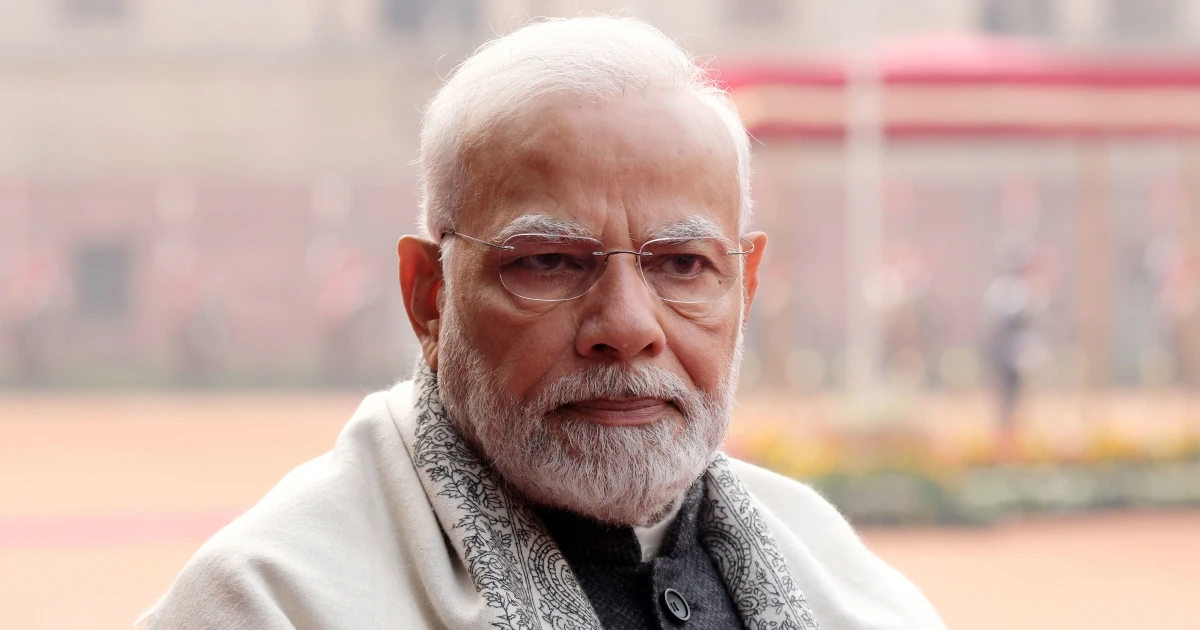Narendra Modi’s recent AI video shows the PM of India sporting a trendy jacket and trousers, grooving on a stage to a Bollywood song as the crowd cheers. The Indian prime minister reshared the video on X, saying “such creativity in peak poll season is truly a delight.”
Another video, with the same stage setting, shows Modi’s rival Mamata Banerjee dancing in a saree-like outfit, but the background score is parts of her speech criticizing those who quit her party to join Modi’s. State police have launched an investigation saying the video can “affect law and order.”
The different reactions to videos created using artificial intelligence (AI) tools underscore how the use and abuse of the technology are increasing and creating worries for regulators and security officials as the world’s most populous nation holds a mammoth general election.
Easy-to-make AI videos, which contain near-perfect shadow and hand movements, can at times mislead even digitally-literate people. But risks are higher in a country where many of the 1.4 billion people are tech-challenged and where manipulated content can easily stir sectarian tensions, especially at election time.
According to a World Economic Forum survey published in January, the risk to India from misinformation is seen higher than the risk from infectious diseases or illicit economic activity in the next two years.
“India is already at a great risk of misinformation – with AI in picture, it can spread at the speed of 100X,” said New Delhi-based consultant Sagar Vishnoi, who is advising some political parties on AI use in India’s election.
“Elderly people, often not a tech savvy group, increasingly fall for fake narratives aided by AI videos. This could have serious consequences like triggering hatred against a community, caste or religion.”
The 2024 national election – being held over six weeks and ending on June 1 – is the first in which AI is being deployed. Initial examples were innocent, restricted to some politicians using the technology to create videos and audio to personalize their campaigns.
But major cases of misuse hit the headlines in April including deepfakes of Bollywood actors criticizing Modi and fake clips involving two of Modi’s top aides that led to the arrest of nine people.
AI and deepfakes are being increasingly used in elections elsewhere in the world, including in the U.S., Pakistan, and Indonesia. The latest spread of the videos in India shows the challenges faced by authorities.
For years, an Indian IT ministry panel has been in place to order the blocking of content that it feels can harm public order, at its discretion or upon receiving complaints. During this election, the poll watchdog and police across the nation deployed hundreds of officials to detect and seek removal of problematic content.
While Modi’s reaction to his AI dancing video – “I also enjoyed seeing myself dance” – was light-hearted, the Kolkata city police in West Bengal state launched an investigation against X user, SoldierSaffron7, for sharing the Banerjee video.
Kolkata cyber crime officer, Dulal Saha Roy, shared a typed notice on X asking the user to delete the video or “be liable for strict penal action.”
“I am not deleting that, no matter what happens,” the user told Reuters via X direct messaging, declining to share their number or real name as they feared police action. “They can’t trace (me).”




